Here's a breakdown of temperature considerations for dental autoclaves:
Content
Pathogen Destruction:
Steam must reach temperatures high enough to denature proteins in all microbes, including heat-resistant spores.
This ensures instruments are biologically inert for patient safety.
Pressure Dependency:
Temperature effectiveness is tied to steam pressure; higher pressure enables higher temperatures.
General Consensus:
Dental autoclaves operate within internationally accepted temperature bands proven to kill pathogens.
These ranges balance speed, efficacy, and instrument compatibility.
Avoiding Extremes:
Too low → risks incomplete sterilization.
Too high → damages plastic/rubber components (e.g., handpiece seals).
Gravity Displacement (N-Class):
Uses lower temperatures suited for solid metal tools (e.g., forceps).
Longer cycle times compensate for reduced heat intensity.
Pre-Vacuum (B-Class):
Achieves higher temperatures ideal for hollow instruments and packaged loads.
Shorter cycles due to efficient heat penetration.
Metal Instruments:
Withstand higher temperatures without corrosion or dulling.
Heat-Sensitive Items:
Handpieces, plastic trays, or silicone hoses require gentler heat settings to prevent melting or warping.
Mixed Loads:
Default to the lowest safe temperature protecting the most vulnerable item.
Automatic Calibration:
Built-in sensors adjust temperatures if deviations occur mid-cycle.
Cycle Abort Safeguards:
Machine halts if temperature drops below effective sterilization thresholds.
Chemical Indicators:
Strips on pouches change color only when correct temperature is sustained.
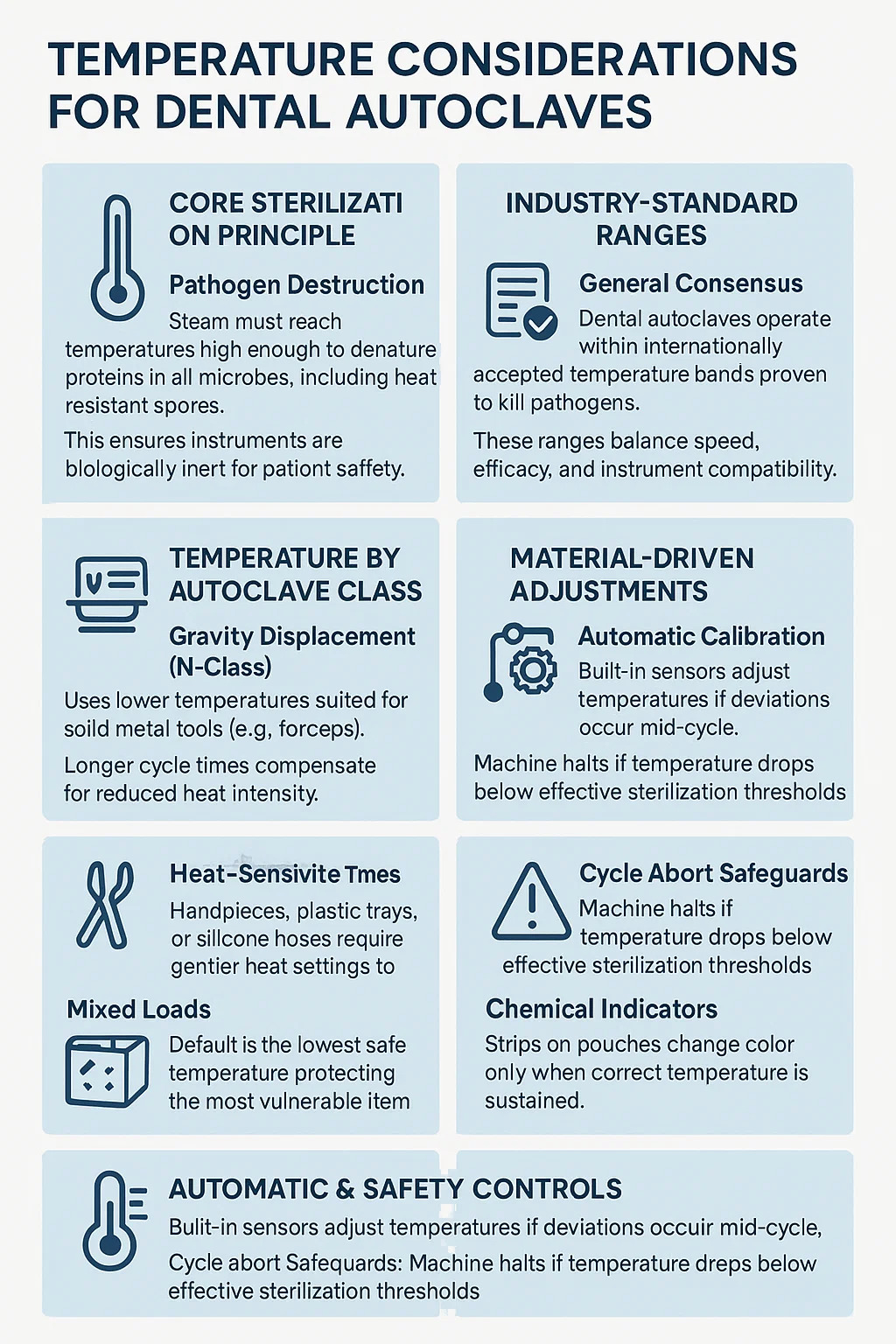
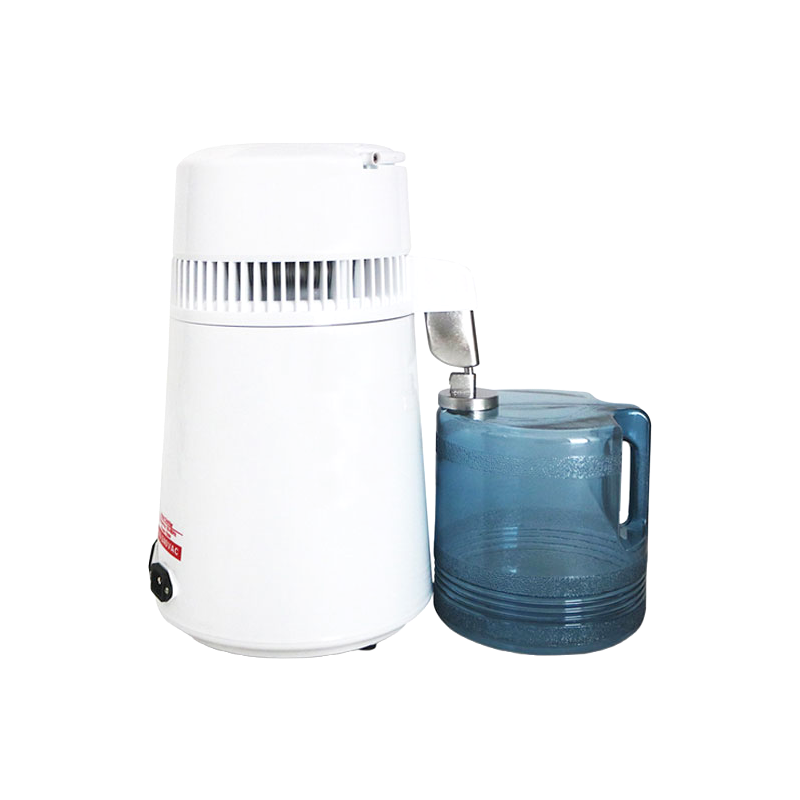
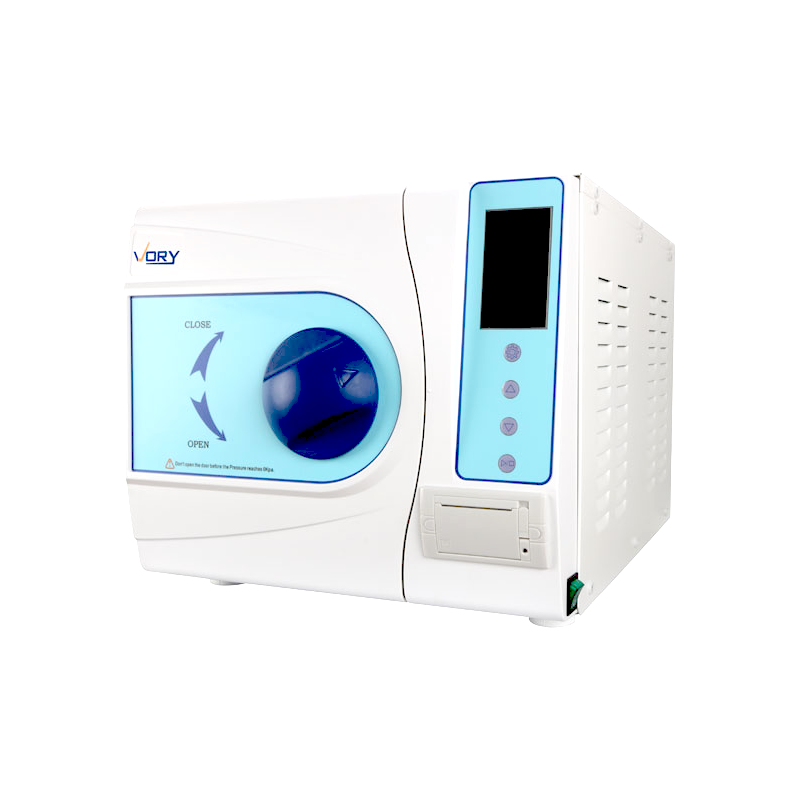
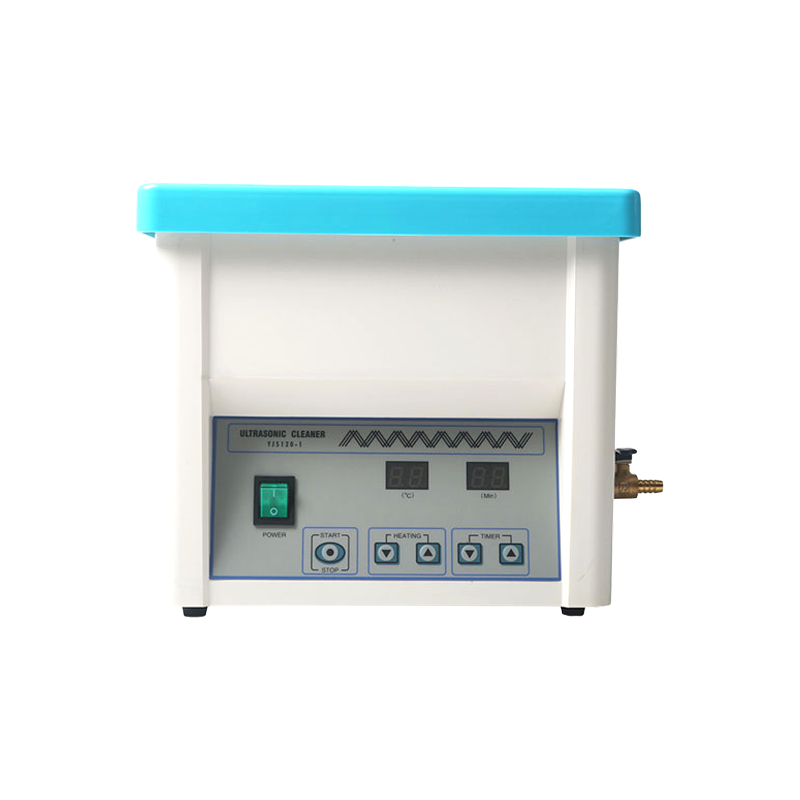
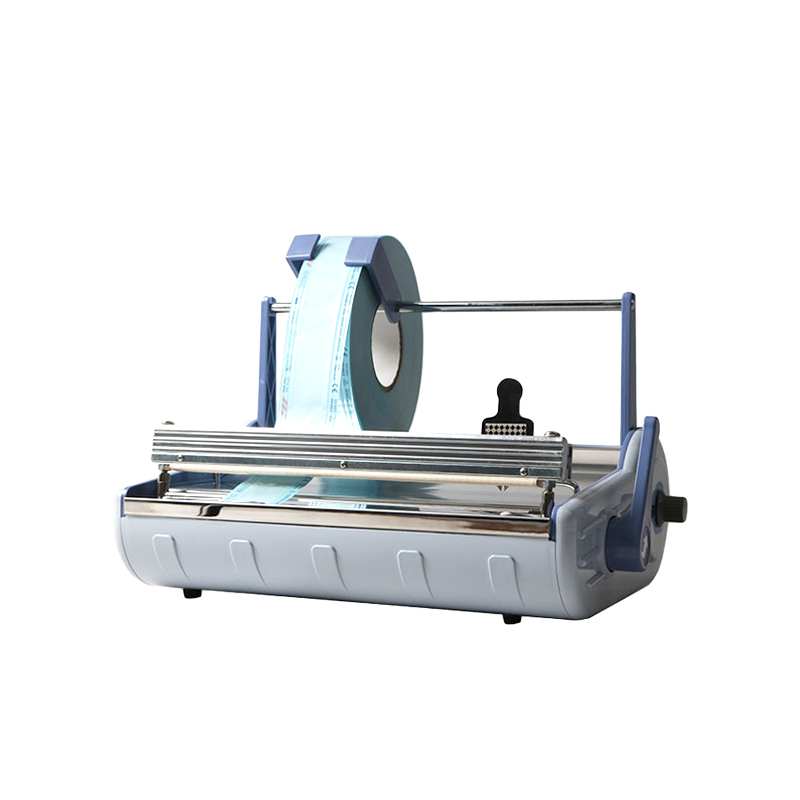
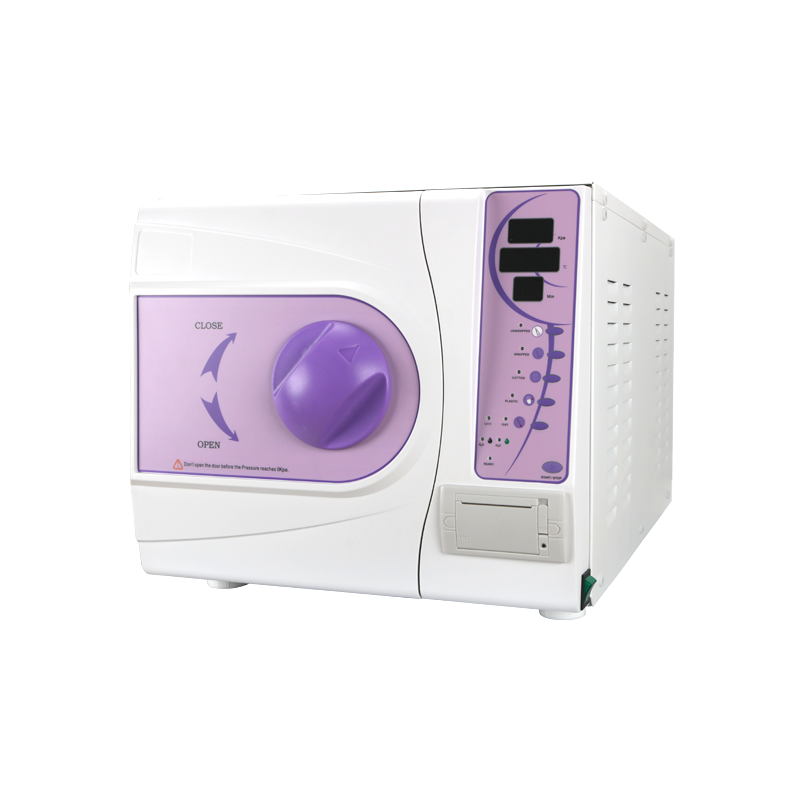
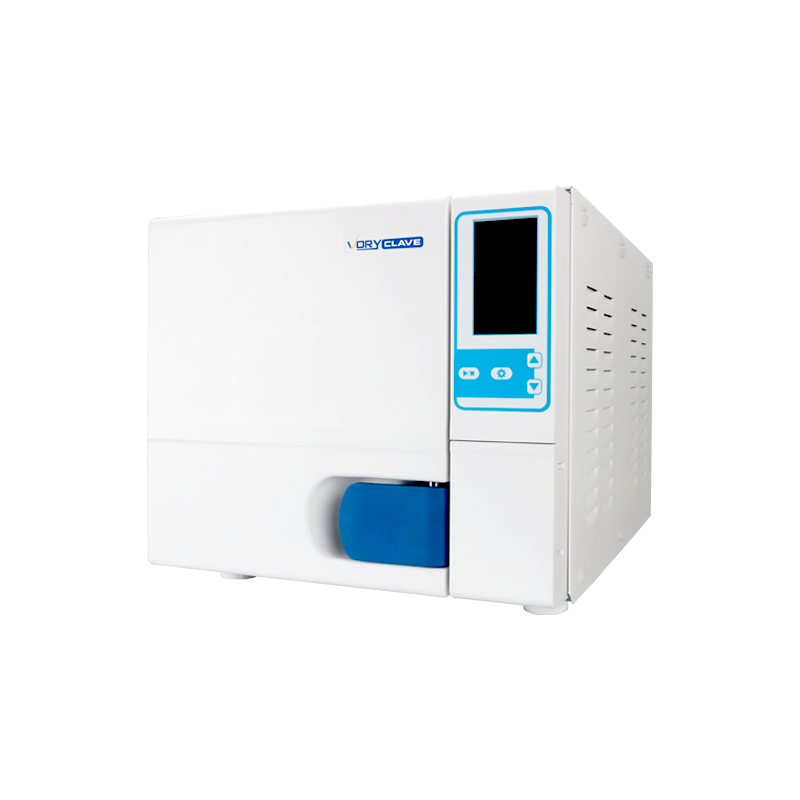
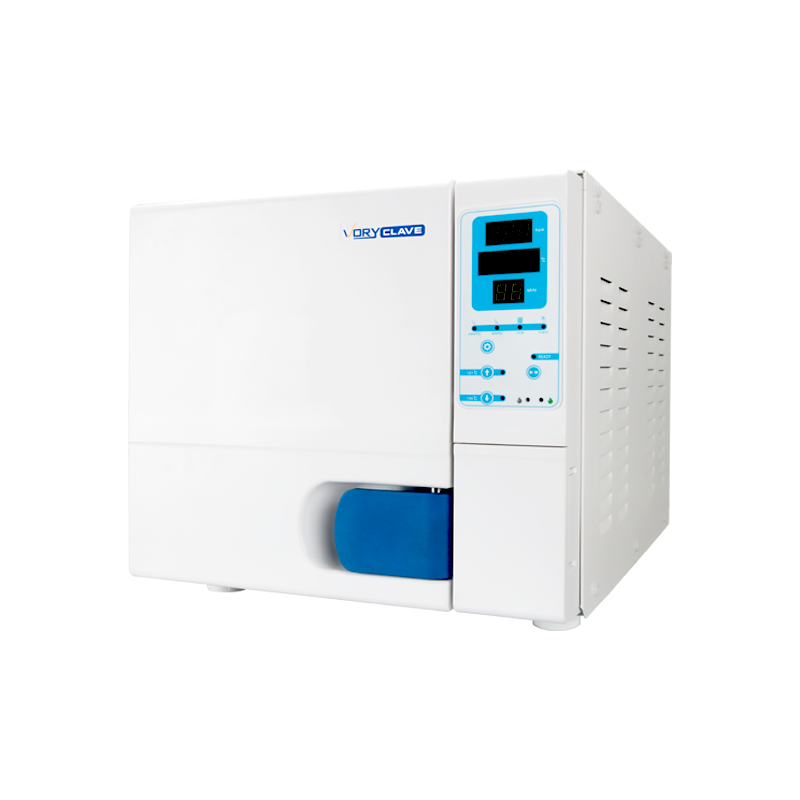
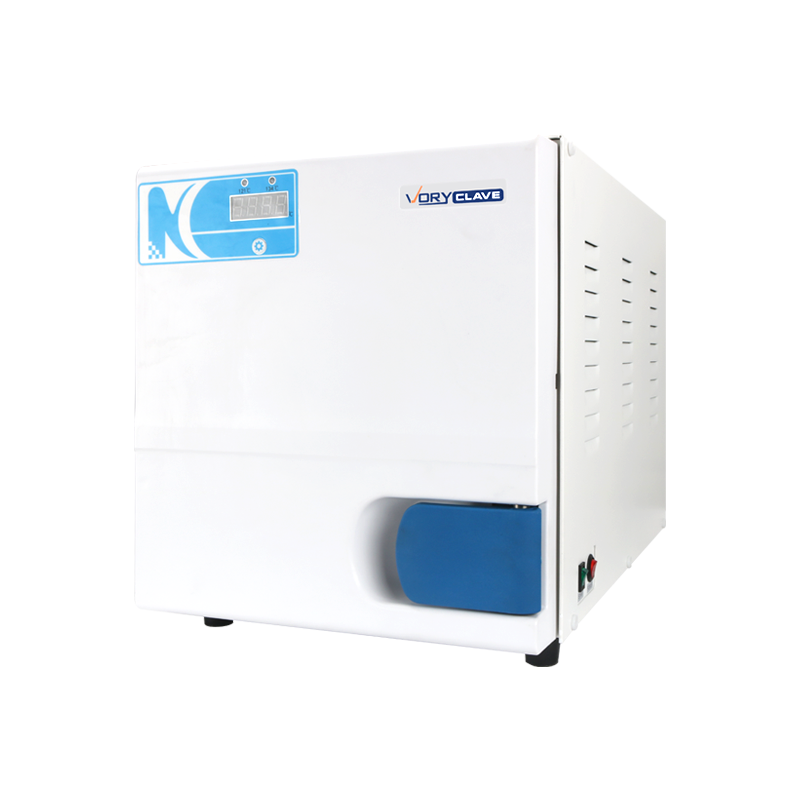
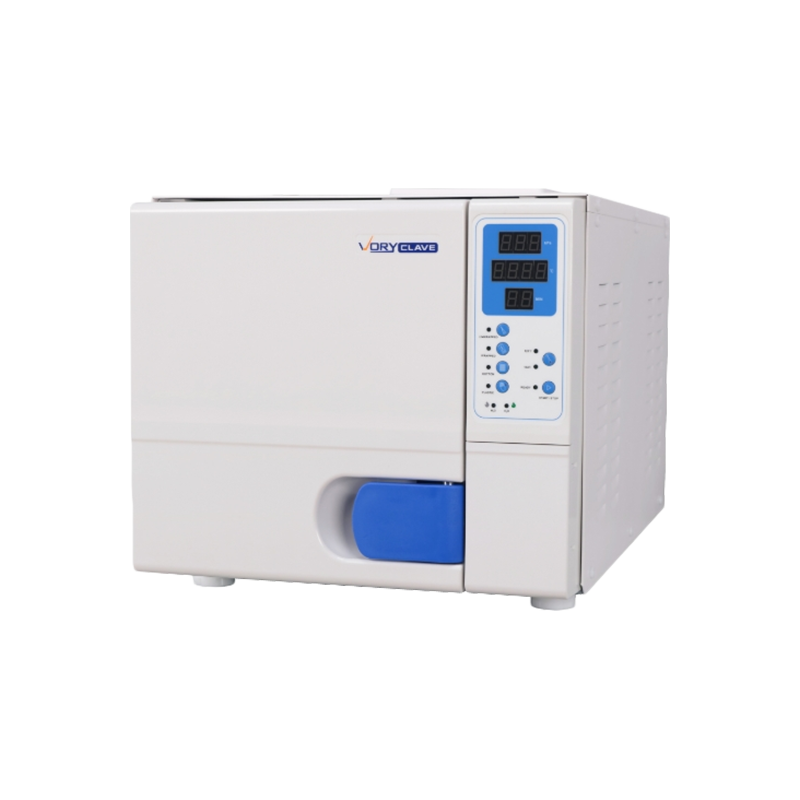
If you have any question for the installation
or need support, please feel free to contact us.
86-15728040705
86-18957491906